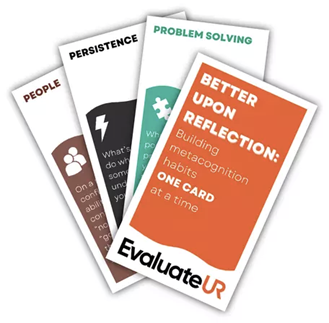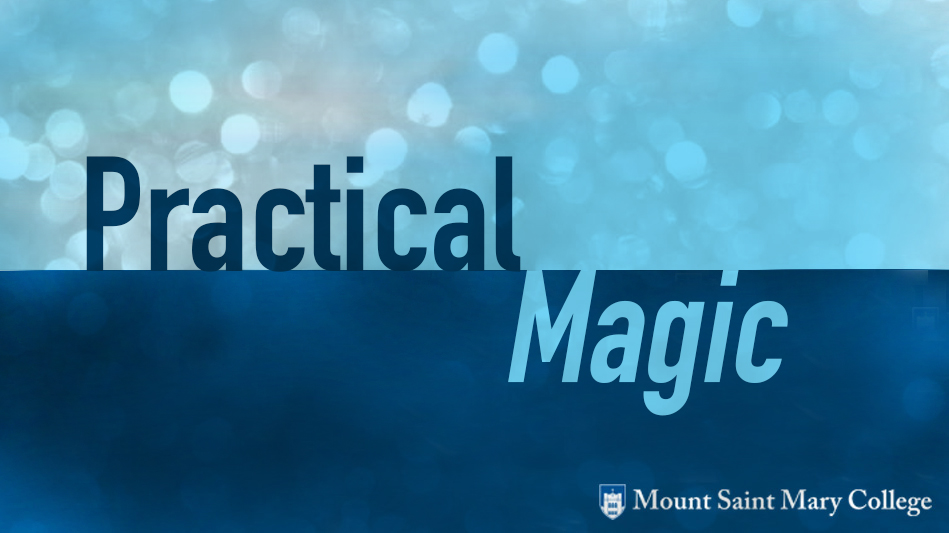by Amy Ratto Parks, Composition Coordinator/Interim Director of Composition, University of Montana
“Life moves pretty fast. If you don’t stop and look around once in a while, you could miss it.” John Hughes, Ferris Bueller’s Day Off
Although the movie Ferris Bueller’s Day Off (Hughes, 1986) debuted long before our current first-year college students were born, the combined sentiment of the film remains relevant to them. If we combined Ferris’ sense of exuberant freedom with Cameron’s grave awareness of personal responsibility, and added Sloane’s blasé ennui we might see an accurate portrait of a typical first-year student’s internal landscape. Many of our students are thrilled to have broken out of the confines of high school but are worried about not being able to succeed in college, so they arrive in our classrooms slumped over their phones or behind computer screens, trying to seem coolly disengaged.
The life of the traditional first-year student is rife with negotiations against chaos. Even if we remove the non-academic adjustments of living away from home, their lives are full of confusion. All students, even the most successful, will likely find their learning identities challenged: what if all of their previous academic problem-solving strategies are inadequate for the new set of college-level tasks?
In the first-year writing classroom, we see vivid examples of this adjustment period play out every year. Metacognitive activities like critical reflective writing help students orient themselves because they require students to pause, assess the task at hand, and assess their strategies for meeting the demands of the task. Writing studies researchers know that reflection benefits writers (Yancey, 1998) and portfolio assessment, common in first-year program across the country, emphasizes reflection as a major component of the course (Reynolds & Rice, 2006). In addition, outcomes written by influential educational bodies such as National Council of Teacher’s of English (ncte.org), The Common Core State Standards Initiative (corestandards.org), and Council of Writing Program Administrators (wpacouncil.org) emphasize the importance of metacognitive skills and demonstrate a shared belief in its importance.
But students aren’t necessarily on board. It is the rare student who has engaged in critical reflection in the academic setting. Instead, many aren’t sure how to handle it. Is it busy work from the teacher? Are they supposed to reveal their deep, inner feelings or is it a cursory overview? Is it going to be graded? What if they give a “wrong” reflection? And, according to one group of students I had, “isn’t this, like, for junior high kids?” In this last question we again see the developing learner identity. The students were essentially wondering, “does this reflective work make us little kids or grown ups?”
If we want new college students to engage in the kind of reflective work that will help them develop transferable metacognitive skills, we need to be thoughtful about how we integrate it into the coursework. Intentionality is important because there are a number of ways teachers might accidentally perpetuate these student mindsets. In order to get the most from reflective activities in class, keep the following ideas in mind:
- Talk openly with students about metacognition. If we want students to become aware of their learning, then the first thing to do is draw their attention to it. We should explain to students why they might care about metacognitive skills, as well as the benefits of investing themselves in the work. If we explain that reflection is one kind of metacognitive activity that helps us retrieve, sort, and choose problem-solving strategies, then reflection ceases to be “junior high” work and instead becomes a scholarly, collegiate behavior.
- Design very specific reflective prompts. When in doubt, err on the side of more structure. Questions like “what did you think about the writing assignment” seem like they would open the door to many responses; actually they allow students to answer without critically examining their writing or research decisions. Instead, design prompts that require students to critically consider their work. For example, “Describe one writing choice you made in this essay. What was the impact of your decision?”
- Integrate reflection throughout the semester. Ask students to reflect mid-way through the processes of drafting, research, and writing. If we wait until they finish an essay they learn that reflection is simply a concluding activity. If they reflect mid-process they become aware of their ability to assess and revise their strategies more than once. Also, reflection is a metacognitive habit of mind (Tarricone, 2011; Yancey, 1998) and habits only come to us through repeated activity.
These three strategies are a very basic beginning to integrating metacognitive activities into a curriculum. Not only do they help students evaluate the effectiveness of their attempts at problem solving, but they can also direct the students’ attention toward the strategies they’ve already brought to the class, thereby creating a sense of control over their learning. In the first-year writing classroom, where students are distracted and worried about life circumstance and learner identity, the sense of control gained from metacognitive work is especially important.
References
Chinich, M. (Producer), & Hughes, J.H. (Director). (1986). Ferris Beuller’s day off.[Motion picture]. USA: Paramount Pictures.
Reynolds, N., & Rice, R. (2006). Portfolio teaching: A guide to instructors. Boston, MA: Bedford St, Martin’s.
Tarricone, P. (2011). The taxonomy of metacognition. New York: Psychology Press.
Yancey, K.B. (1998). Reflection in the writing classroom. Logan: Utah State University Press.
(2013). First-year writing: What good does it do? Retrieved from http://www.ncte.org/library/nctefiles/resources/journals/cc/0232-nov2013/cc0232policy.pdf
(2014). Frameworks for success in postsecondary writing. Retrieved from http://wpacouncil.org/framework
(2014). English language arts standards. Retrieved from http://www.corestandards.org/ELA-Literacy/introduction/key-design-consideration/



